Frankly, I feel somewhat of a hypocrite espousing opinions on regionality and being faithful to your own backyard while barely giving a second thought to the CFL and especially USports (Canadian major university athletics) in recent years.
Canada is not immune to the growth in quality and accessibility of streaming at all levels, so it makes sense I finally get myself up to speed and try to spread the word along the way.
The structure of football in Canada is much less clear than the established hierarchy in the United States, yet its presence is orders of magnitude smaller.
And much like the code-switching that can become second-nature of communicating metric and imperial measurements, the average Canadian football fan needs to be comfortable interpreting the distinct rulesets of Canadian and American football as they flip through the channels.
Unfortunately, I was born and raised in a somewhat isolated town that has never had organized football, so I'm not well-versed in youth football, but luckily my wife's uncle did some youth coaching back in the day and it appears that at least in his area, they play Canadian rules at the Youth level, and American rules in high school.
This makes sense as it is important to expose Canadians to the CFL ruleset at a young age, but for high schoolers they can be afforded a better opportunity to get noticed by US colleges, such as Chase Claypool who was able to leverage his time growing up in Abbotsford, British Columbia to a scholarship at Notre Dame.
As for reaching the CFL as a Canadian, there are generally 3 pathways: US collegiate football, Canadian collegiate football, or the Canadian Junior Football system which does not have an academic component.
All images used in this article were made by Greg Fair (@GF_NWO on X/Twitter) and are used to show the regular season results from this past season and the participating members.
This isn’t meant to be the most in-depth look at things, but as I orient myself with the landscape I thought it would be worthwhile to share the information as I find my way.
USports
Canadian collegiate football is not very expansive at all with only 27 programs across the regional conferences (or divisions - neither term seems to be used officially, but for the sake of argument I will refer to them as conferences) of Ontario, Quebec, Atlantic Canada, and Western Canada, all under the banner of USports. As you can see below, they all play an 8-game regular season with 3 of the 4 conferences playing a 4-team playoff while OUA goes for a 7-team tournament.
Those conference championship games have their own stately, historical name as the OUA plays for the Yates Cup, AUS the Loney Bowl, RSEQ the Dunsmore Cup, and Canada West the Hardy Cup.
The 4 champions are placed in either the Uteck Bowl or Mitchell Bowl which have defined conference tie-ins each year, but rotate what those defined tie-ins are. The consistency comes from the home side as the Uteck Bowl is hosted by either the RSEQ or AUS champion while the Mitchell Bowl is hosted by either the OUA or Canada West representative in the semifinal round.
Those two victors then move onto the Vanier Cup which is technically played at a neutral site, but is rarely west of Ontario.
Any Canadian who has participated in USports at any time must pass through the CFL draft to enter the league.
Fandom of this level feels generally quiet, but there is still local support and the conferences have their own streaming networks, though unfortunately for my interests, Canada West is a paid service.
The national semifinals and championship game are carried by CBC at no charge with linear, website, and app streaming options. I'll be keeping a closer eye on things this Fall and intend to watch the national playoff.
Canadian Junior Football
Structurally, the Canadian Junior Football League and other similar but separate organizations look much like the USports system, but for young men who aren’t interested in (or perhaps unable to) attending university to further their athletic pursuits.
USports also allows for up to 2 years of junior level participation before an individual begins to lose USports eligibility. This is similar to a situation where the NCAA or NAIA would not count JuCo participation against their athletic eligibility.
This level is a bit more fragmented, but the primary body is the Canadian Junior Football League which consists of the BC Football Conference, Prairie Football Conference, and the Ontario Football Conference.
The 3 conferences play their own 4-team playoff, and then the 3 champions are seeded 1 to 3 with a single semifinal and final.
Outside of this organization there is also the Quebec Major Junior Football League, Manitoba Major Junior Football League, and the Atlantic Football League. I believe these 3 operate independently without inter-regional competition.
The important distinction between university football and junior football is that for those who have only played junior football after high school, they generally do not need to go through the CFL draft and can sign with teams directly.
It is an interesting path for those who are passionate about pursuing a career in football without the workload of school and has proven to be a realistic option for those with the athletic ability to play in the CFL such as former BC Lion and Winnipeg Blue Bomber Andrew Harris who left Winnipeg in his youth to play for the Vancouver Island Raiders of the BCFC before signing with the Lions.
The athletic landscape in Canada is often an odd blend of university and independent community-based organizations that demand a thankless level of commitment to potentially reach their goals.
The Canadian Football League
At the top of the Canadian football pyramid is, unsurprisingly, the CFL.
Although the league itself has only existed since 1958, the Grey Cup trophy dates back to 1909, along with the origins of many of the leagues members.
Although the viability of the league has been often questioned, it has endured, though there seems to be a growing sentiment that the impending new media deal could make or break the future of the league as other Spring Football alternatives have sprung up along with the relative obscurity of the ruleset.
I believe the key to the future is finding a home for a 10th team which would balance the league and schedule, removing the need for rotating byes.
Many fans, including myself, support the concept of the mythical Atlantic Schooners franchise to be based in either Nova Scotia or New Brunswick, but nothing appears imminent at this time.
While 3 downs may feel limiting in terms of offensive design and run/pass ratio, the overarching ruleset can produce a very enjoyable product. The downside is that having fewer opportunities can magnify deficiencies in execution, but the timing rules also make it difficult for teams to just sit on the ball late in the game and often gives the trailing team a shot for a comeback in a way which feels organic and consistent.
The talent level of the CFL is generally higher than some might imagine with the majority of American players coming to the league from D1 universities.
Compared to when I first took a close interest in the league in the 2000 season, the stadium quality has improved immensely and I think TSN has done a fine job with their game presentation, but I'm curious to see where the future of broadcasts goes as their expansion of offering CFL+ streaming to deliver the games for free to an international audience has been a great decision.
It is hard for the league to compete for eyeballs against the NFL, but they fill a niche for Friday and Saturday evenings through the summer - as well as some Thursday and Sunday slots - while opposing only college football up until Grey Cup Sunday in the middle of November.
I believe I e of the greatest ambassadors for the CFL in my lifetime were the comments that came from WR Chad Johnson (Ochocinco) after he attempted to find a home up north after his NFL career had come to an end.
He came to the CFL thinking that even at the age of 36 he would easily be among the league's best but was surprised to realize that there were quality players all over the league that were as technically or strategically strong as who he faced in the NFL, but perhaps lacked the pure athleticism and opportunities to catch on south of the border.
More recently there is the story of DB Qwan’tez Stiggers who came to the Toronto Argonauts in 2023 at the age of 21 having played effectively no college football and only been involved in the Fan-Controlled Football league the previous year. Through patience and coaching he became a strong contributor on his way to being the CFL’s Most Outstanding Rookie and was drafted by the NY Jets in 2024.
That isn't to call the CFL a developmental league - it is more to show that it has always been a league of merited opportunity and although it may be frustrating to see top players leave to try and make it in the NFL (similar to the transfer portal) it is not rare to see players return northward when they feel their opportunity has come to an end.
Canadian football is a unique product - it is the NCAA ruleset which is stated to be the basis of the rulebook in most countries - which deserves to stand on its own moving forward and not be cast aside for the sake of claimed accessibility.
I hope that the finances do work out in long term, but this is not a fly by night league and one that has gone through adversity in the past with their only shutdown coming in 2020 as COVID shut down much of the sports world.
Links
Ontario University Athletics Football
Atlantic University Sport Football
Canadian Junior Football League

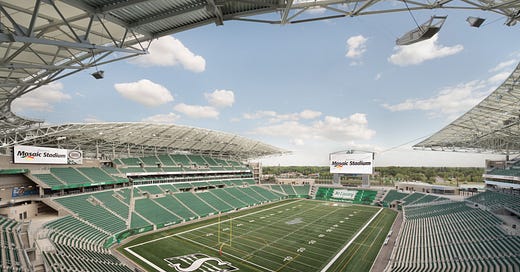



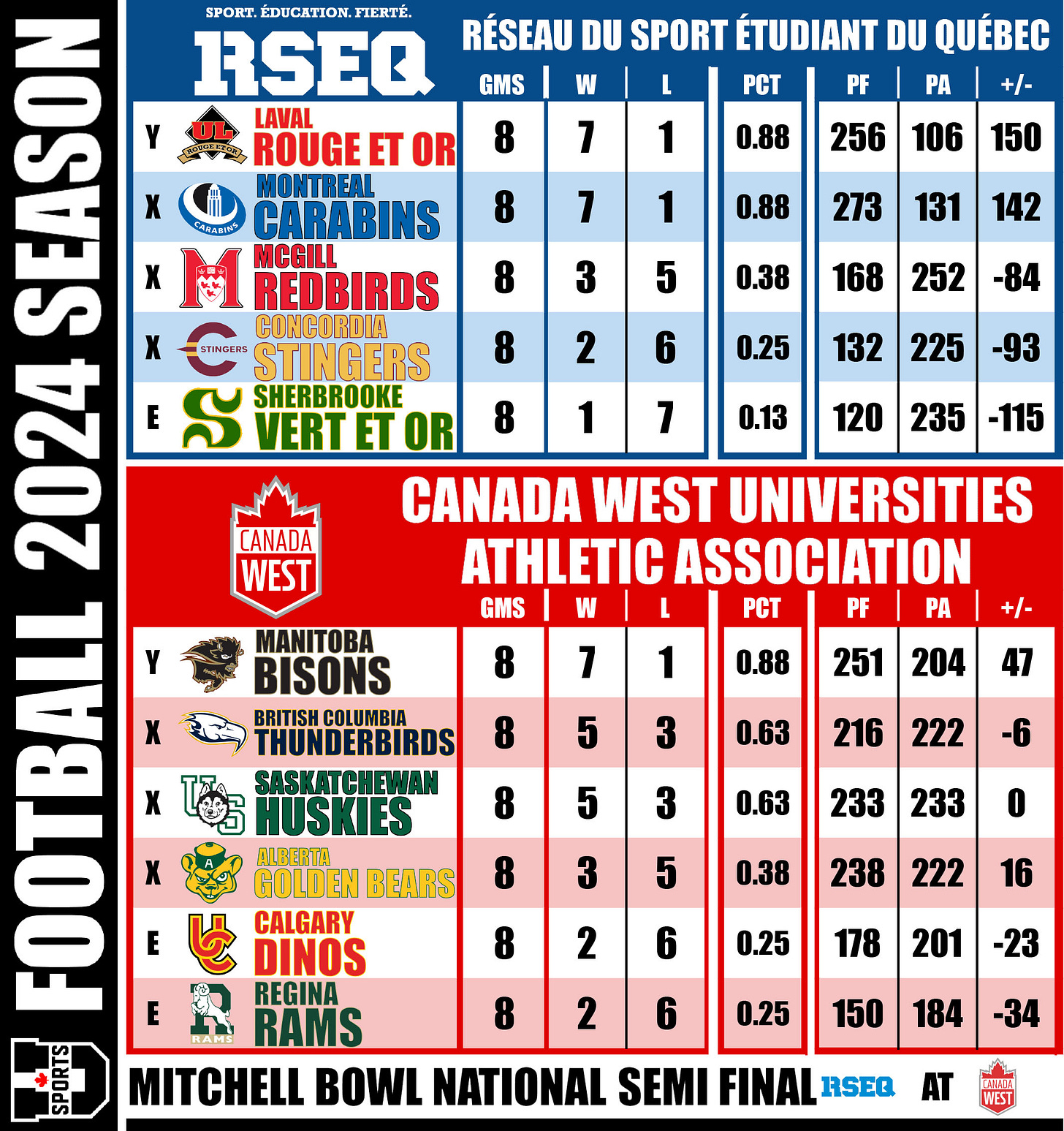
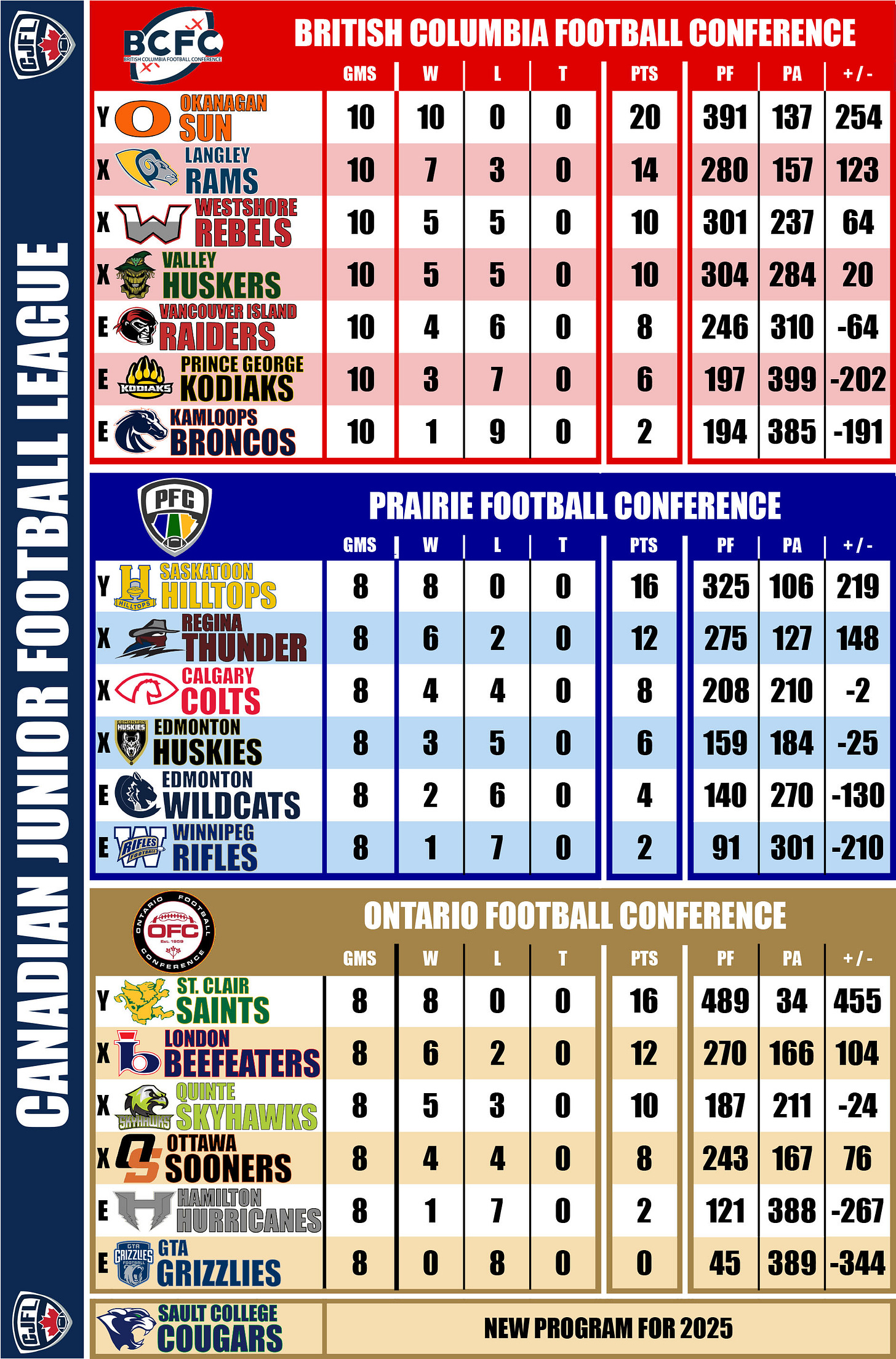


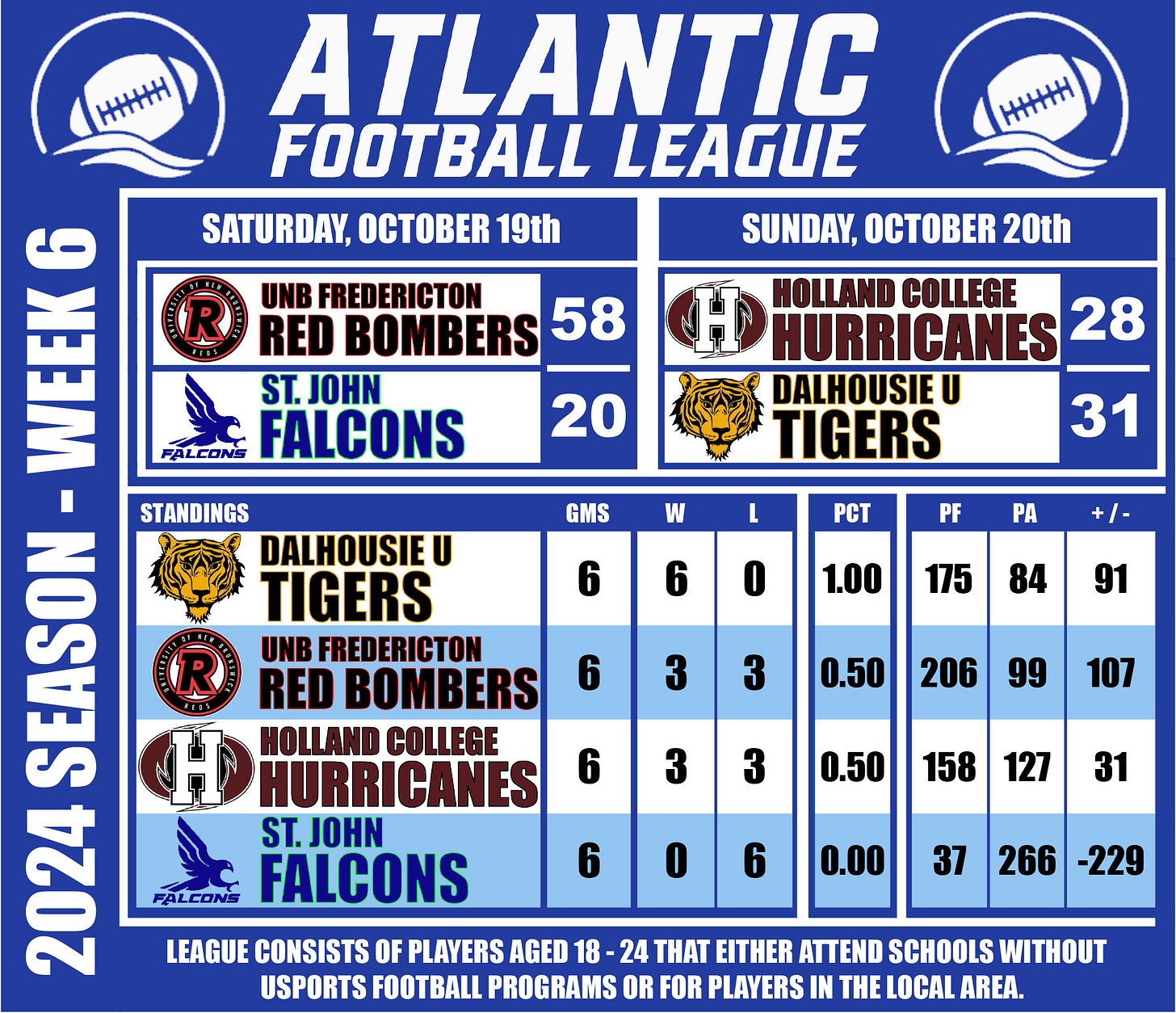
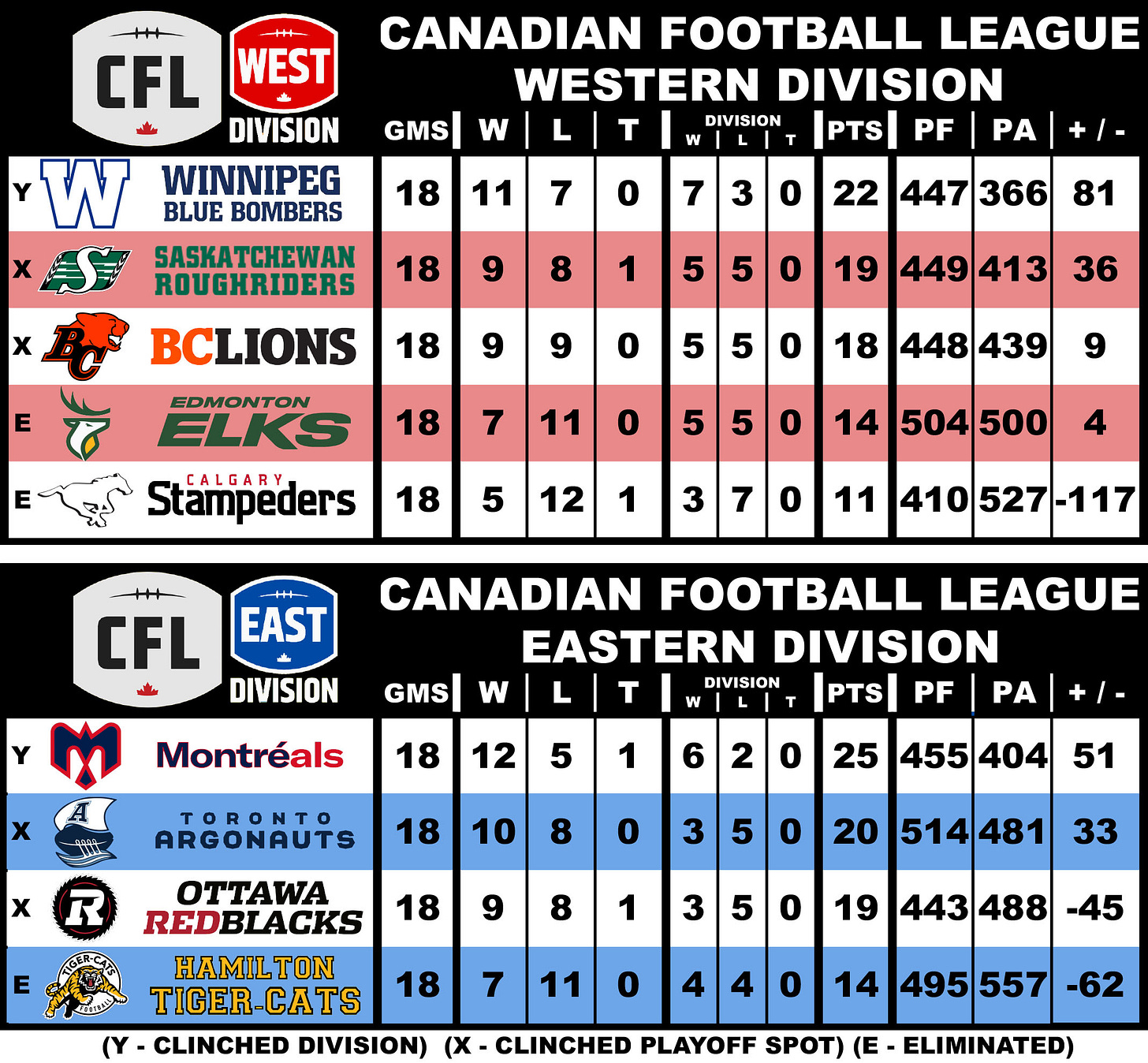

Good write up. I actually prefer the Canadian game to the American one, which I know is tantamount to sacrilege down here.